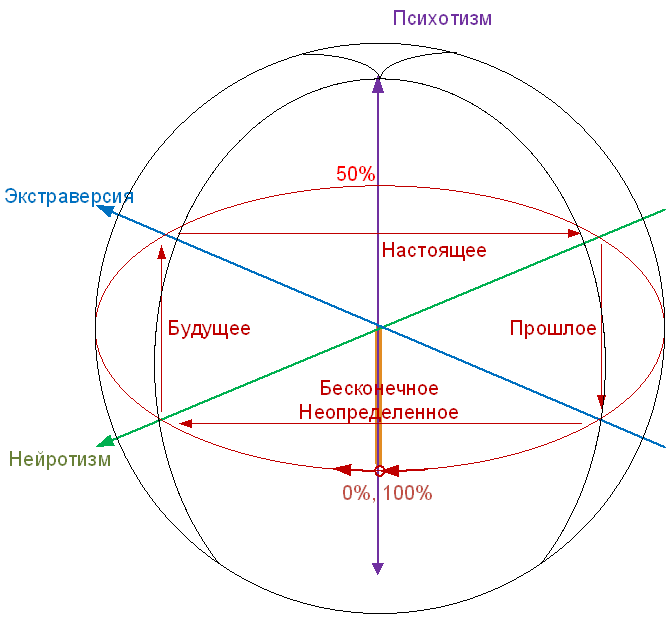Tunnel modeling - version 0.9
This post uses an attempt to enter measurement terms in a spherical coordinate system.
The concepts of abstractness, phase of activity, as well as groups and periods of complexity are introduced.
')
A graphical notation for modeling, based on the proposed allocation of groups of terms, is described.
1. Spherical worldview model
Hans Jürgen Aysenck has developed a coordinate system for measuring the psychological characteristics of a person, consisting of scales of extraversion, neuroticism and psychoticism.
These scales are used in psychological tests to determine the type of human temperament, as well as in tests to measure IQ
Such a measurement system can be considered a three-dimensional Cartesian coordinate system, and, therefore, it is possible to go from the Cartesian coordinates to the polar ones.
Fig. 1 Relationship Cartesian and polar coordinates
The resulting coordinate system in this article will not use the distance from the center of the coordinate system, but will use the angle between the point and the horizontal plane passing through the center (similar to latitude in geographic coordinates of the Earth), and the angle of projection on the horizontal plane (similar to longitude in geographical coordinates Earth).
For the resulting scales of spherical coordinates, we introduce the following
units:
- abstractness corresponding to longitude, expressed as a percentage, and taking a value of 0% for the lower pole, 100% for the upper pole, and 50% for a point located on a circle formed by the intersection of the sphere and the horizontal plane;
- phase corresponding to longitude, expressed as a percentage, increasing in a clockwise direction and taking a value of 0%, as well as 100% for a bisector between the positive direction of the axis of neuroticism and the negative direction of the axis of extraversion (introversion)
Let us turn this spherical coordinate system onto a plane, as was done when making the first maps of the Earth (cylindrical Mercator projection). In this case, the upper and lower poles become horizontal lines.
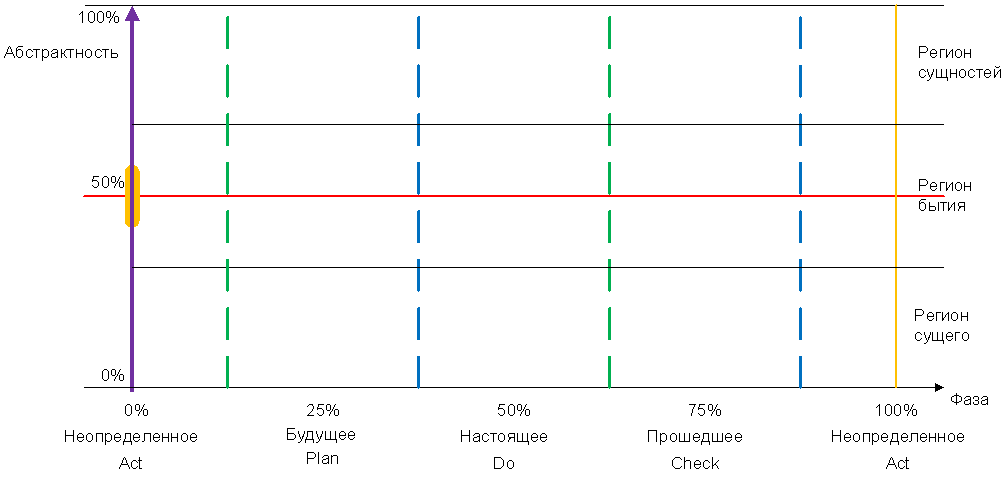
Fig. 2 Polar coordinates with selected regions
The author investigated the possibility of using the obtained coordinate system to determine the numerical values of the terms of the domain modeling techniques, in particular, the widely used SADT and UML techniques, and positive results were obtained.
2. Periodic table of difficulty
As the list of analyzed terms expanded, a need emerged to highlight new horizontal levels on the abstract scale, in which the grouping by the type of sigmoid phases was revealed.

Fig. 3 Sigmoid chain complication
For certain elements of complication (by analogy with the periodic table of chemical elements of DI Mendeleev), the use of the terms complexity and the period of complexity is suggested.
The periods of difficulty are shown in Figure 3. Proposed
the following explanation for their selection:
- preparatory stage is characterized by compensation needs
disturbances from the previous level; - the developmental stage is associated with the emergence of positive feedback that stimulates development;
- the stabilization stage is associated with the appearance of negative feedback that limits development;
- - the conservation phase is characterized by a stable existence, and is not included in separate groups of terms.
At the moment, there are three groups of complexity of modeling terms. Complexity groups symmetrically spread from the upper and lower poles.
At the same time, the correspondence of groups and periods with subjects of university education is proposed (Table 1).
Table 1.
The proposed classification of educational subjects
Group | Period | Abstraction | Specific |
Random | Stabilization | Logics | The quantum physics |
Items | Training | Maths | Physics |
Development | Philosophy | Chemistry | |
Stabilization | Cultural studies | Biology | |
Processes | Training | Political science | Psychology |
Development | Management | Sociology | |
Stabilization | Marketing | Economy | |
Society | Training | Public relations | Synergetics |
Development | Quality control | Technology |
For the period “development” of the group “random”, the terms future for abstract and past for concrete are suggested.
2. Graphic primitives of tunnel simulation
To display the level of complexity, a notation system is proposed, based on the labels on the left side of the rectangular modeling element. For designations, the use of pairs of triangles is proposed. Triangles in a pair can have a shaded and not shaded state, which allows the use of an analogue of a binary code.
To build block diagrams of programs, it is also necessary to have elements for branching and looping operations. These elements are shown in Figures 5 and 6.
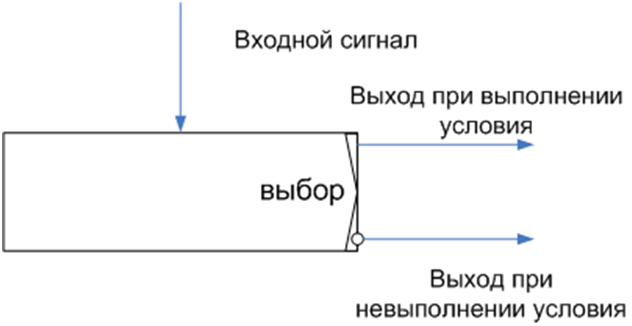
Figure 5 Modeling a choice of two alternatives
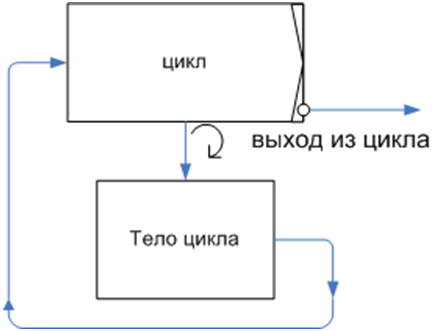
Figure 6. Cycle simulation
Phases corresponding to elements of the Deming-Schugart cycle -Act-Plan-Do-Check-
indicated by special characters on the right side of the element's rectangle
modeling.
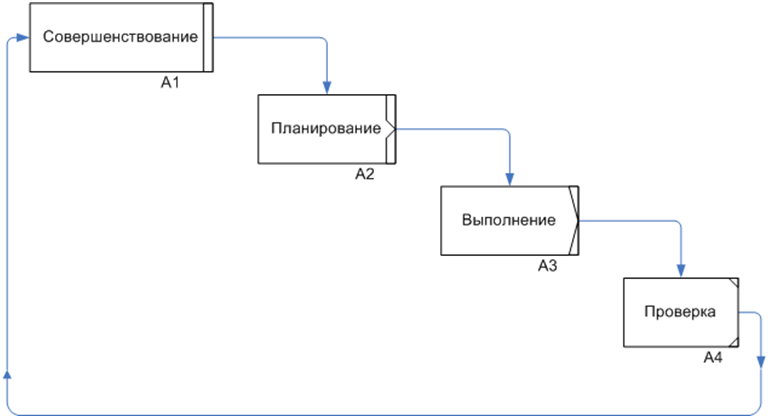
Figure 7. Elements of the Deming-Shewhart cycle
The main custom modeling element contains a menu that allows you to select the features of the image.
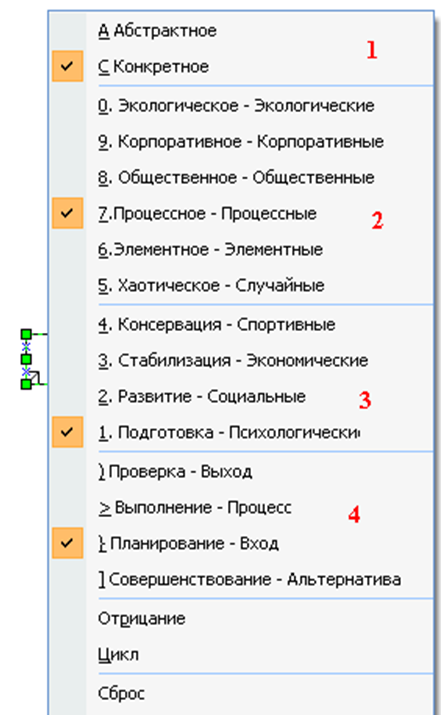
Fig. 8. Rectangle view customization menu
Refinement of the image is made by sequential refinement of the groups of menu items:
- abstractness
- difficulty group
- period of difficulty
- element of the Deming-Shewhart cycle
Hierarchical decomposition can be subjected to both rectangles and arrows

Fig. 9. Representation of decomposition arrows
The remaining elements can be borrowed from well-established modeling techniques - UML, SADT, BPMN, DRAGON, Archimate.
4. Proposal for the projection of being on the worldview
When considering a spherical model, a paradox arises between the complexity of the central region and the “lack of space” to reflect this complexity.
To explain this discrepancy, we can assume the hyperbolic dependence of complexity with distance from the poles.
An illustration of this view can serve as figure 10:
Figure 10. The projection of being on the sphere of outlook
In view of the promising areas, we can propose an extension of the Auguste Comte classification of sciences, taking into account the symmetric dualism of Rene Descartes
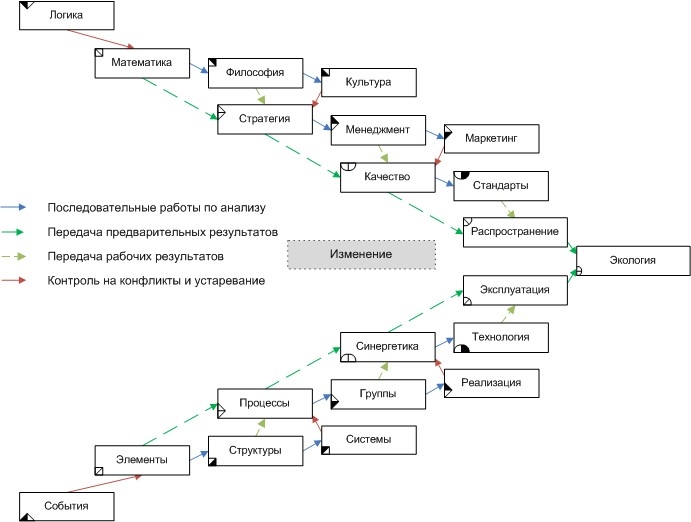
Figure 11. Proposal for a sequence of analysis
A brief reference to the elements of the notation is shown in Figure 12.

Figure 12. Designations for knowledge sections
Topics on Habrahabr:
Tunnel modeling - version 1.0
The ratio of abstraction and complexity in modeling
habrahabr.ru/post/254275
Modeling difficulty levels
habrahabr.ru/post/238599
Ideology presentation
habrahabr.ru/post/177131
Transformation approach Zachman
habrahabr.ru/post/267749
ISO 15926 vs Semantics: a comparative analysis of semantic models
habrahabr.ru/post/178973
Create a new OS. Really new, really operational, and the truth - the system
habrahabr.ru/company/intel/blog/300884
Literature:
ru.wikipedia.org/wiki/Teory_Functional_Systems
ru.wikipedia.org/wiki/Aisenk , _Hans_Jurgen
Karamyshev S.V. Where to take the S-curve?
www.metodolog.ru/01493/01493.html
Zharov A. Future. Evolution continues
fan.lib.ru/z/zharow_a/2050buduschee.shtml
Narinyani A.S. Between Knowledge and Ignorance - Naive Topography
viperson.ru/articles/aleksandr-narinyani-mezhdu-znaniem-i-neznaniem-naivnaya-topografiya
Diffusion of innovations in Wikipedia
ru.wikipedia.org/wiki/Diffusion of Innovations
Five-factor model of human personality
https://ru.wikipedia.org/wiki/Large_fine_(psychology)
Source: https://habr.com/ru/post/259291/
All Articles
